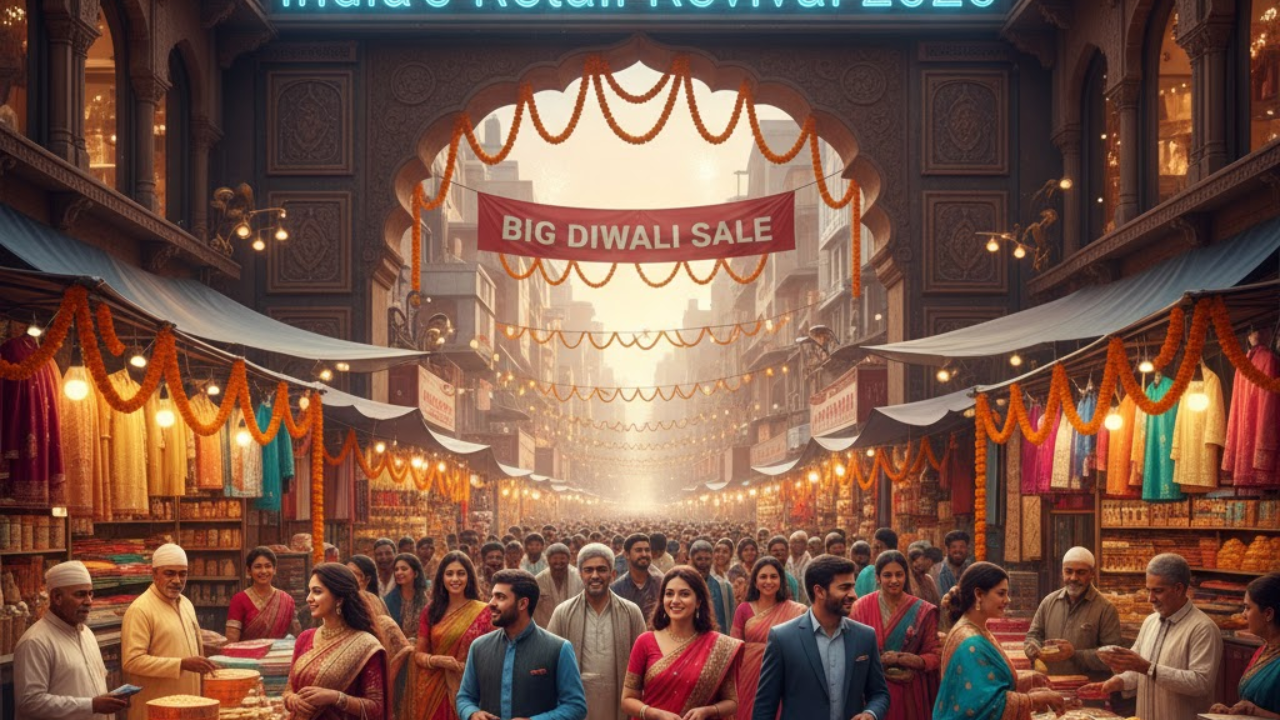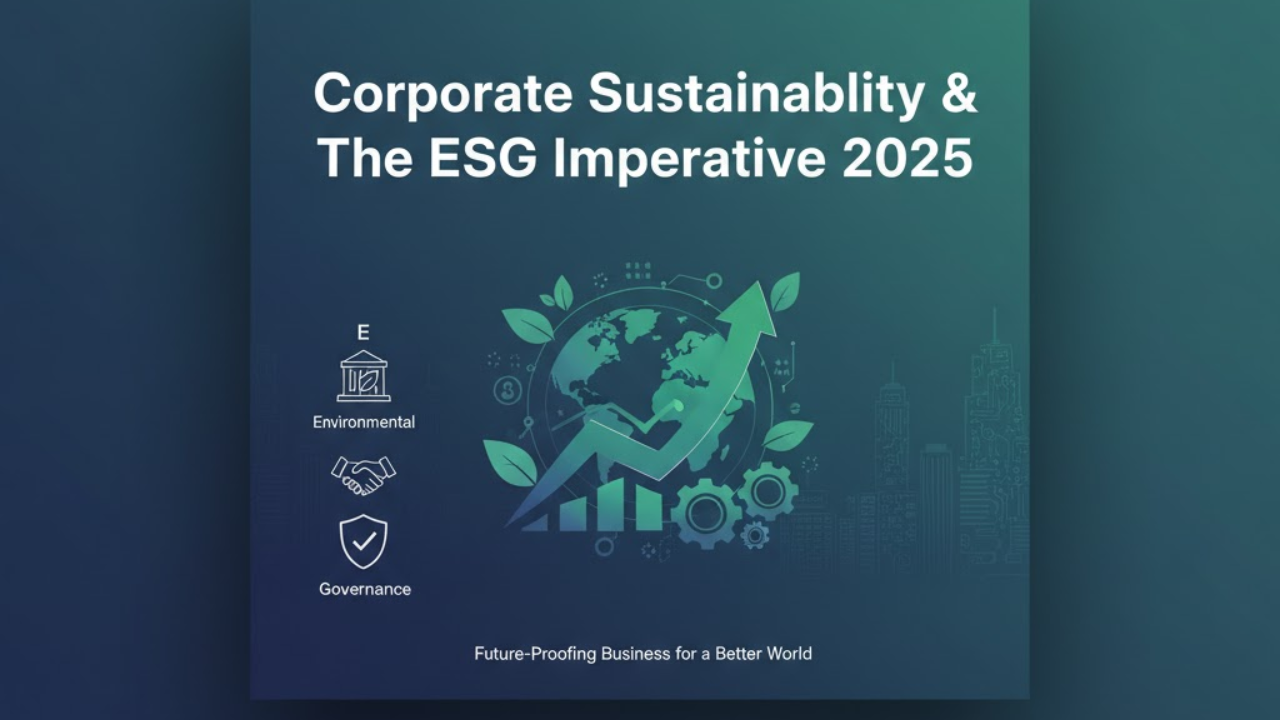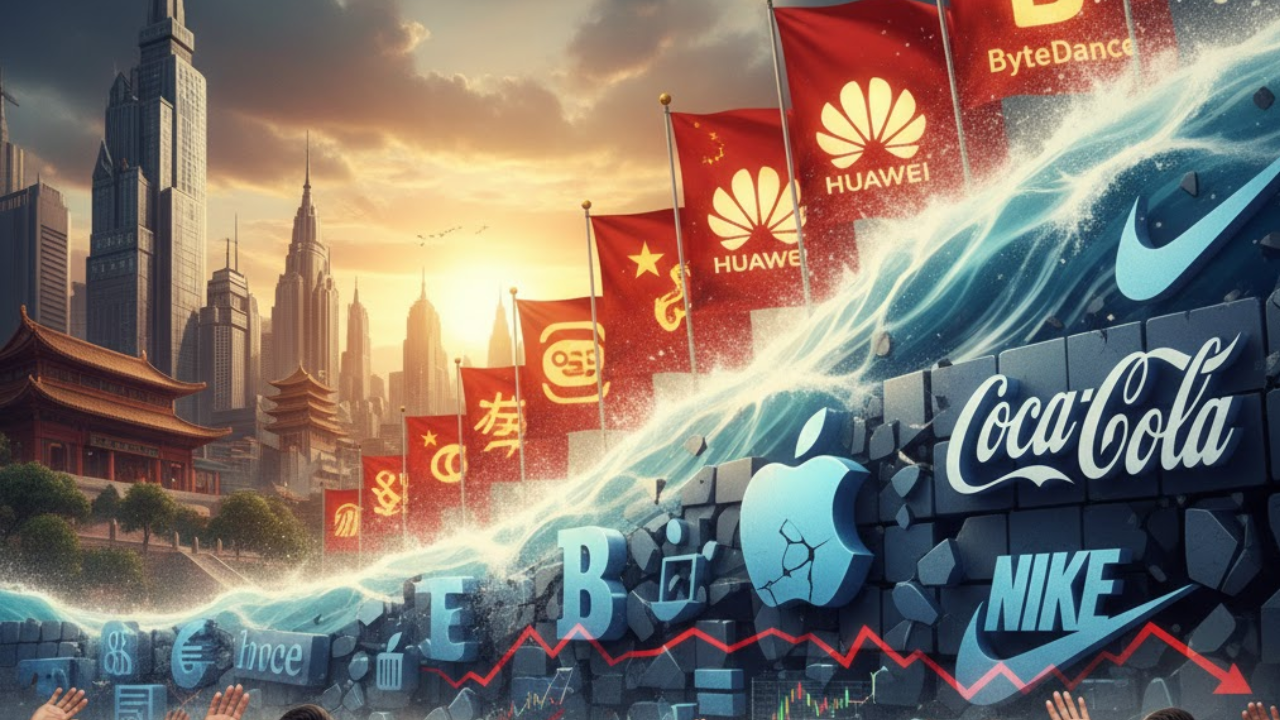
Post by : Meena Rani
Every festive season in India marks a critical period for the economy. It’s not just about celebration—it’s about commerce, sentiment, and the heartbeat of consumer demand. The 2025 festive season is shaping up as one of the strongest in recent years, thanks to improved liquidity, GST reforms, and pent-up demand after cautious spending cycles in early 2025.
Experts estimate total consumer spending could cross ₹13 lakh crore this season, with strong performance across automobiles, jewellery, consumer electronics, apparel, and home goods. For retailers, this surge represents both opportunity and test—of resilience, supply management, and digital agility.
The recent restructuring of India’s GST framework has significantly boosted purchasing sentiment. The reduced tax slabs on electronics, appliances, and small cars have made big-ticket items more affordable. Retailers are reporting early surges in bookings for vehicles, smartphones, and home appliances as consumers take advantage of the revised rates.
These policy changes are particularly beneficial for entry-level product categories, encouraging middle-class consumers to make long-deferred purchases during the festival period.
Unlike previous years, consumers are starting festive shopping much earlier. This trend is being driven by aggressive pre-festive campaigns, credit offers, and early-bird discounts. Retailers are staging promotions in multiple phases—“early access,” “main event,” and “clearance”—to sustain momentum over a longer period.
E-commerce platforms are also starting sales earlier, extending the shopping window from mid-September to November, effectively transforming what used to be a two-week boom into a two-month opportunity.
The fusion of online and offline retail continues to redefine India’s consumption habits. Consumers now begin their journey digitally—researching, comparing prices, and watching influencer reviews—before completing purchases in stores.
This hybrid shopping pattern is especially visible in high-involvement categories like electronics, jewellery, and automobiles. Retailers with seamless omnichannel experiences are reporting significantly higher conversions and repeat sales.
India’s smaller cities are no longer secondary markets—they’re leading growth. Digital penetration, rising disposable incomes, and localized logistics have empowered Tier-2 and Tier-3 cities to contribute the bulk of online sales volumes this season.
Retailers targeting regional preferences—ethnic apparel, gold jewellery, and affordable gadgets—are outperforming those focused solely on urban metros. Localized marketing, vernacular advertising, and region-specific product assortments are proving decisive.
Despite record gold prices, the demand for gold jewellery and coins has surged ahead of Dhanteras and Diwali. Buyers are focusing on smaller, lighter pieces and gold coins for auspicious purchases. Jewellers are promoting festive discounts, flexible financing, and exchange schemes to attract wider participation.
Silver, on the other hand, is facing supply constraints due to high global demand from the electronics and renewable energy sectors—driving prices up and creating temporary shortages in Indian markets.
Electronics retailers are witnessing robust sales growth, with demand for TVs, refrigerators, and smart home devices outpacing expectations. Discounted EMI options, exchange offers, and cashback deals are driving purchase intent, particularly among urban consumers.
Smartphones continue to dominate festive wishlists, with mid-range and flagship segments both performing strongly. Retailers are also observing a rising trend in “upgrade buying”, where consumers replace older models rather than make first-time purchases.
The automobile sector is among the biggest beneficiaries of the festive revival. Dealers report strong booking volumes, especially in the small-car and two-wheeler categories. Tax cuts and attractive finance options have rekindled enthusiasm among price-sensitive buyers.
Luxury automakers, too, have noted an uptick in pre-bookings during Navratri and Dussehra, underscoring renewed consumer confidence across income groups.
Fashion retail is enjoying a strong comeback, particularly in ethnic wear and wedding collections. Textile hubs are reporting double-digit growth, and brands are expanding festive collections to meet diverse regional tastes.
Hybrid models such as online ordering with in-store pickup are gaining popularity, while social media-driven “festive look” campaigns are playing a key role in driving purchases among millennials and Gen Z shoppers.
Jewellery retailers are rolling out innovative campaigns combining traditional symbolism with modern affordability. Gold coins, lightweight ornaments, and personalized designs are driving sales across both offline showrooms and digital storefronts.
Bridal jewellery and wedding purchases—closely tied to the festival calendar—are further boosting revenues in this segment.
From sweets and snacks to fragrances and décor, FMCG companies are experiencing higher volume growth compared to last year. The gifting category—corporate and personal—is expanding, with curated hampers, premium chocolates, and eco-friendly packaging becoming mainstream.
Quick-commerce platforms like Blinkit and Zepto are capitalizing on last-minute gifting needs with ultra-fast delivery options and festive assortments.
Inflation and Affordability Pressure:
Despite strong sentiment, price-sensitive segments remain cautious. Rising living costs and high-interest EMIs may limit the scale of discretionary purchases.
Inventory and Supply Constraints:
Sudden demand surges could lead to stock shortages, particularly in categories like silver jewellery and imported electronics.
Discount-Driven Margins:
Fierce competition among e-commerce platforms and retail chains has led to heavy discounting, squeezing retailer margins.
Uneven Recovery Across Regions:
Urban and semi-urban centers are thriving, but rural markets—affected by erratic monsoons and lower crop yields—are showing slower recovery.
Sustainability Challenges:
Waste generation from packaging and logistics remains a growing concern, pushing brands to explore eco-conscious operations and recycled materials.
Launch festive campaigns ahead of time and maintain consistent engagement across digital, print, and in-store channels.
Integrate data, logistics, and marketing between online and offline operations. Enable seamless transitions from app browsing to store purchases.
Adapt marketing language, product offerings, and promotions to regional cultures and spending behaviors.
Attractive EMI schemes, loyalty points, and cashbacks can boost mid-ticket purchases without margin erosion.
Speed, trust, and personalization drive conversions. Invest in packaging, after-sales service, and real-time inventory accuracy.
Convert seasonal buyers into loyal customers through rewards, re-targeting, and subscription-based offers.
India’s 2025 festive season represents more than a cyclical uptick—it reflects a deeper structural rebound in consumption and sentiment. With rising incomes, tax reforms, and digital adoption, the retail ecosystem is maturing into a balanced, omnichannel marketplace.
While challenges remain—ranging from affordability to inventory management—the long-term trend points to sustained optimism. Retailers who combine data-driven insights with emotional storytelling, regional resonance, and operational agility will emerge stronger in this new consumer era.
Disclaimer:
This article is for informational and editorial purposes only. It does not constitute financial, business, or investment advice. Readers should assess their own market conditions before making strategic or operational decisions.
festive season India, retail revival 2025, Diwali shopping trends, consumer spending India, GST cuts, e-commerce surge, hybrid retail










Bengaluru-Mumbai Superfast Train Approved After 30-Year Wait
Railways approves new superfast train connecting Bengaluru and Mumbai, ending a 30-year demand, easi

Canada Post Workers Strike Halts Nationwide Mail and Parcel Services
Canada Post halts operations as CUPW strike disrupts mail and parcel delivery nationwide amid disput

PM Modi Launches BSNL ‘Swadeshi’ 4G Network, 97,500 Towers Built
India enters global telecom league as PM Modi inaugurates BSNL’s indigenous 4G, connecting 26,700 vi

India’s Iconic MiG‑21 Takes Final Flight After Six Decades of Service
After 60 years India retires its MiG‑21 fighter jet, a legendary yet controversial warplane marking

Hindustan Zinc unveils AI hotspot monitoring at Debari smelter
Hindustan Zinc launches AI-powered Switchyard Hotspot Monitoring at Debari smelter to cut outages bo

Chinese experts worked inside sanctioned Russian drone plant
Chinese drone specialists visited IEMZ Kupol supplying parts and drones via intermediaries, deepenin